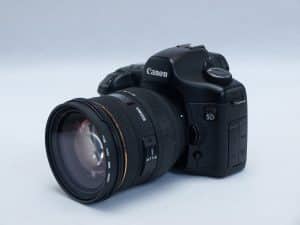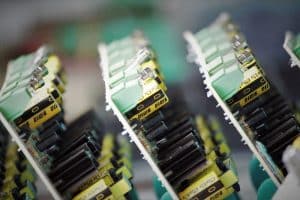Molecular Switches: Chemical Computing
Molecular switches are a revolutionary technology that allows for the manipulation of chemical reactions through a controlled, on-demand process. These molecular switches are essentially specialized molecules that have the ability to reversibly change their properties upon a stimulus, such as light, heat, or pH changes. This unique property has led to the development of a new field known as chemical computing, where molecular switches are used to perform computational operations. In this article, we will explore the fascinating world of molecular switches and their role in chemical computing.
Molecular Switches: The Basics
The concept of the molecular switch was first introduced by Otto Diels and Kurt Alder in 1928 when they discovered the ability of some organic compounds to isomerize between two forms in response to light. However, it was not until the 1980s that the first synthetic molecular switches were developed by researchers at IBM and DuPont. These early molecular switches were simple, two-state systems that operated by the rotation of a double bond. Since then, significant advancements have been made in the design and synthesis of more complex molecular switches.
The most common type of molecular switches used in chemical computing are photochromic switches, which can alternate between two forms in response to light of a particular wavelength. These switches can be controlled by either visible or ultraviolet light and can be tuned to respond to different wavelengths, providing greater flexibility in their application.
Applications in Chemical Computing
Molecular switches have been utilized in a variety of chemical computing applications, from designing molecular sensors and logic gates to performing more complex computational tasks. One of the key advantages of using molecular switches in chemical computing is their ability to operate at the nanoscale, making them ideal for applications that require high precision and efficiency.
One of the most exciting developments in this field is the use of molecular switches to build molecular logic gates, which are the basic building blocks of digital circuits. These logic gates can perform Boolean operations, such as AND, OR, and NOT, using molecular switches as the input and output signals. This has significant implications for the development of molecular computers, which could potentially surpass the capabilities of traditional silicon-based computers in terms of speed and energy efficiency.
The Future of Molecular Switches in Chemical Computing
As research in the field of molecular switches continues to advance, their potential applications in chemical computing are seemingly endless. One of the most promising areas is in the development of smart materials that can respond to external stimuli, such as light, heat, and chemical signals. These materials could have applications in drug delivery, energy storage, and even self-healing materials.
In addition, the use of molecular switches in chemical computing has also opened up new possibilities in fields such as synthetic biology and nanotechnology. Researchers are currently exploring the use of molecular switches to build artificial protein machines that could be used for drug delivery or environmental remediation. The potential for these tiny machines to perform complex tasks at the molecular level is truly remarkable.
In Conclusion
Molecular switches have revolutionized the world of chemical computing, providing scientists and researchers with a powerful tool to control and manipulate chemical reactions. Their unique ability to switch between different states upon a stimulus has opened up new avenues for research and has the potential to impact a wide range of fields. As our understanding of molecular switches and their capabilities continues to expand, the possibilities for their applications will only continue to grow. With technology advancing at an incredible pace, it will be exciting to see what the future holds for molecular switches in chemical computing.








